The “In Response” art exhibit at the Bryan Oliver Gallery turns everyday objects into reactive statements to the events and experiences of the past year.
Artists Jenny Hyde, Roin Morigeau and Dan McCann collaborated to create the exhibit which took place from Feb. 9 to March 26. Hyde contributed prints while Morigeau and McCann added a variety of small sculptures.
Morigeau and McCann worked independently during quarantine but brought their sculptures together to create one body of work. The collection comes from McCann’s “huge” archive of random objects which he has been collecting for 25 to 30 years. Each sculpture is placed on an 8-by-8-inch mirror, side by side on a long table.
During a virtual lecture where the artists answered questions and explained the meaning of their art, McCann said that he sees their work as a combination of singular and different sculptures that create “one flowing piece.”
Morigeau said that this exhibit was made special because of the COVID-19 lockdown and the fact that their work shows the different perspectives of each artist. While Morigeau said McCann transforms objects into “ethereal” and “other-worldly” pieces of art, her art highlights the items in relationship and tension with one another.
“I really loved the idea of being in conversation, being in response and allowing the same objects but two different artist’s minds make work and show them in tandem and relationship to each other,” Morigeau said.
Another element of their work is the “invisibility” of these everyday objects that Morigeau said would otherwise be considered trash. She said that most people see these items as having no value, but art has given them a second life. The idea of disposability was especially apparent to Morigeau in her own life during the eight years she was temporarily disabled and could not work.
McCann has a similar concept of the value of everyday items and has collected objects such as toys and paper. For example, McCann said he pulls the thick paper used on the Costco wooden pallets because he sees value in it.
“It’s hard for me to throw stuff away that I look at and say ‘Okay, yes, this has value. I can do something with this. I can create with this piece of plastic or this piece of metal,’” McCann said.
Hyde’s photo-scanned and photo-shopped work was featured in the second half of the exhibit. She had two separate collections featured: to-scale rifles and hands featuring COVID-19 like objects.
The hands that are pictured in her most recent work are those of her family members and close family friends. They are combined with natural objects that Hyde found during her daily ritual lockdown walks. The objects range from little candies to plants to an old blackberry that reminded Hyde of the visual representation of the COVID-19 virus.
The rifle scans reflect Hyde’s interest in identities in the American West. “With these pieces, they are kind of a cheeky response to looking at identity, specifically white male identity in the inner-mountain or western states. Guns of course are a hot item politically,” she said.
Both of her collections involve a play on words. The titles of the rifle scans come from dating app profile captions to give a “human narrative” to the objects and Hyde’s newer collection used common COVID-19 phrases such as “New Variant” and “Hidden Immunity.”
Hyde’s pieces about COVID-19 not only tie into the pandemic but also reflect on institutions, white supremacy and her identity in response to the Black Lives Matter movement.
Hyde says that the viruses in her art are not necessarily good or bad and can even be called hopeful. Her art asks: “What’s the bigger threat? Is it a virus that we can contain, some-what control, get a handle on and get throughor is it a bigger threat to have systemic racism a part of our culture?”
For future exhibits at the Bryan Oliver Gallery visit https://www.whitworth.edu/cms/academics/art/bryan-oliver-gallery/.


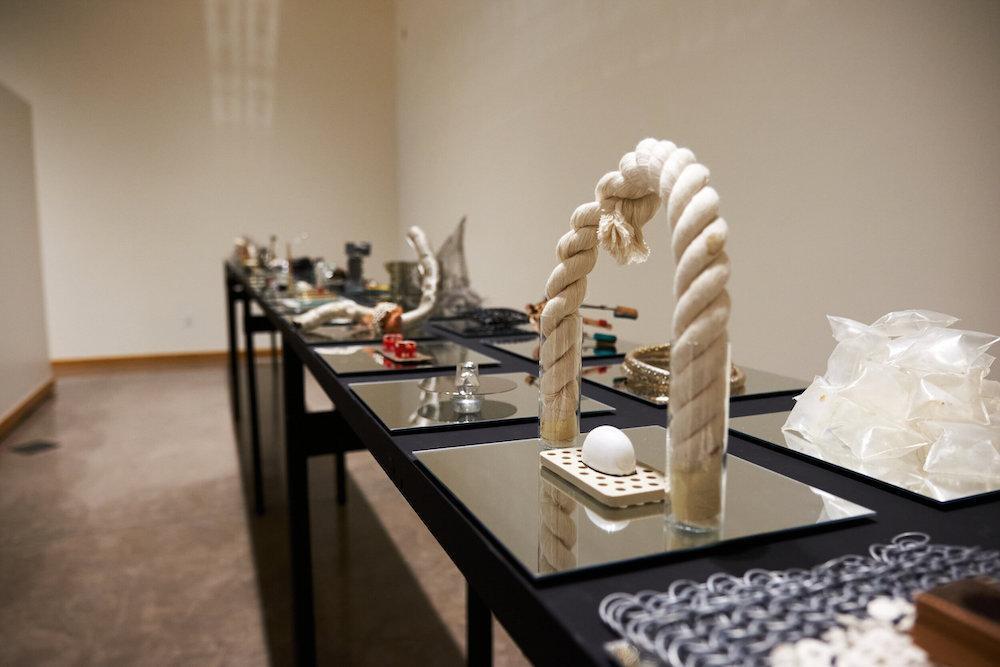
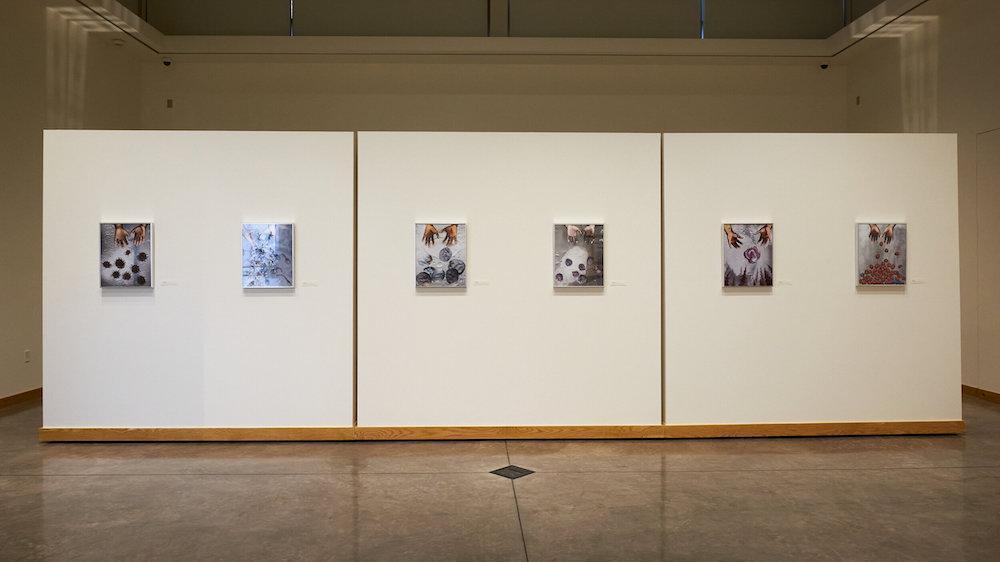
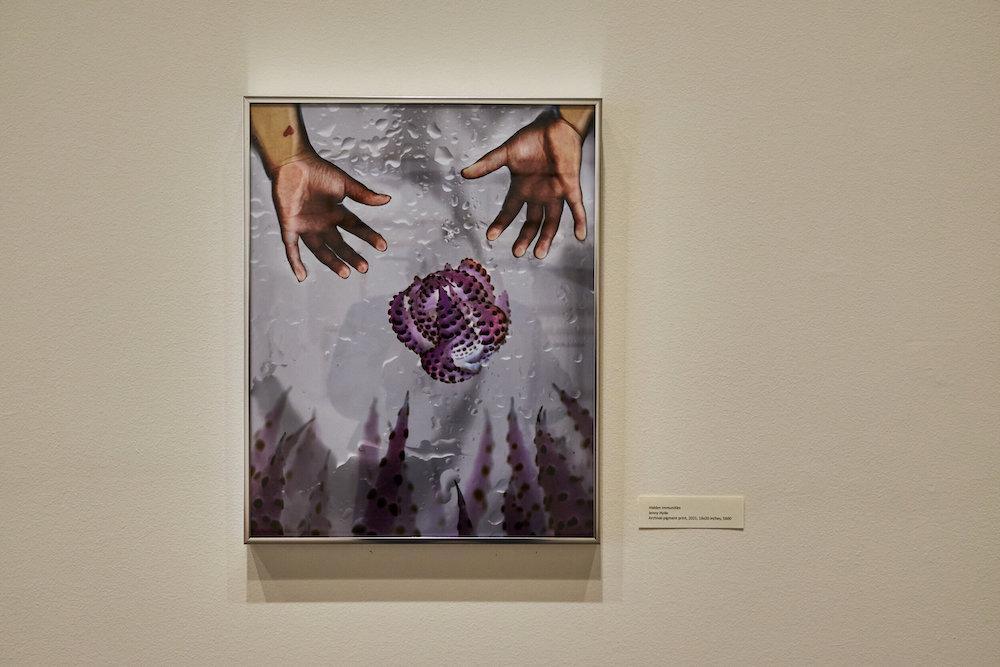
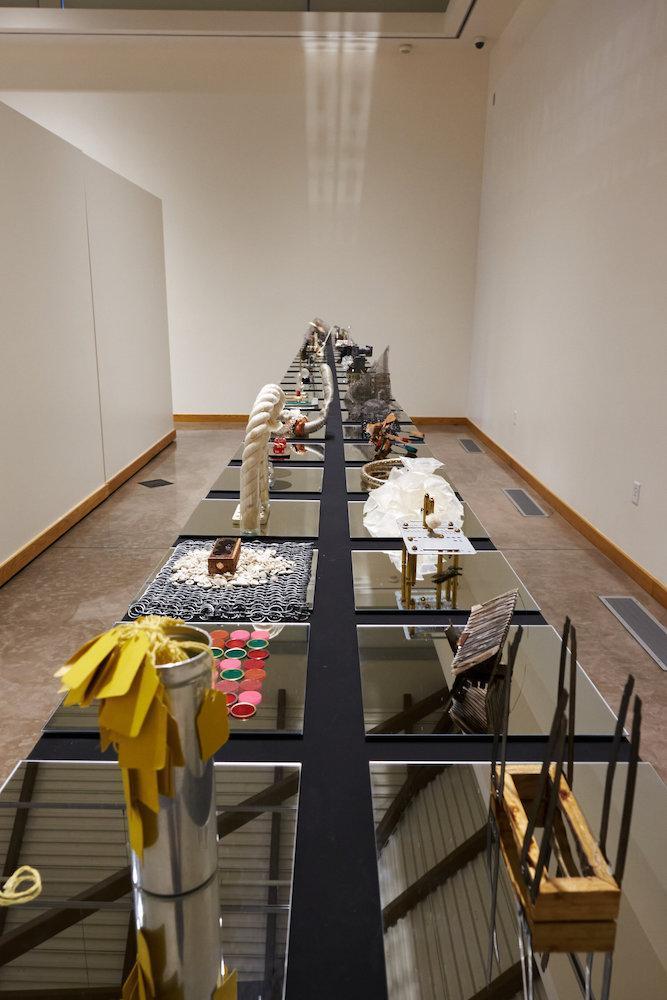

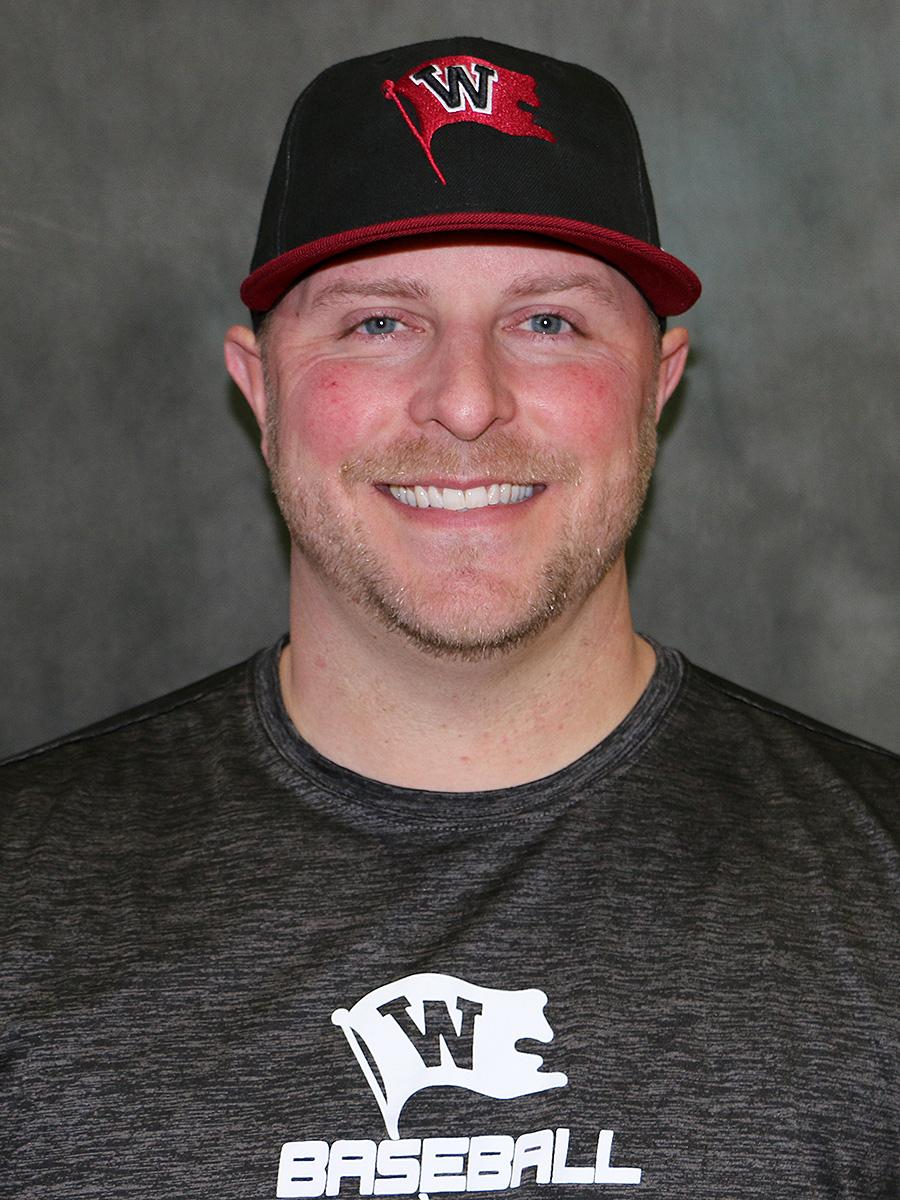
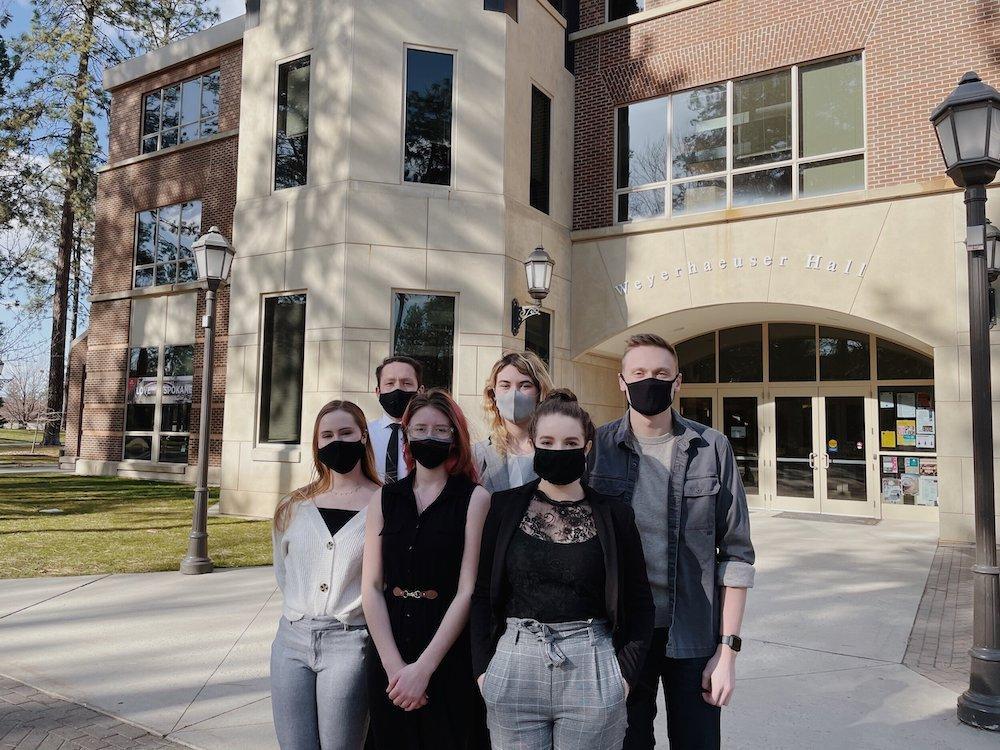

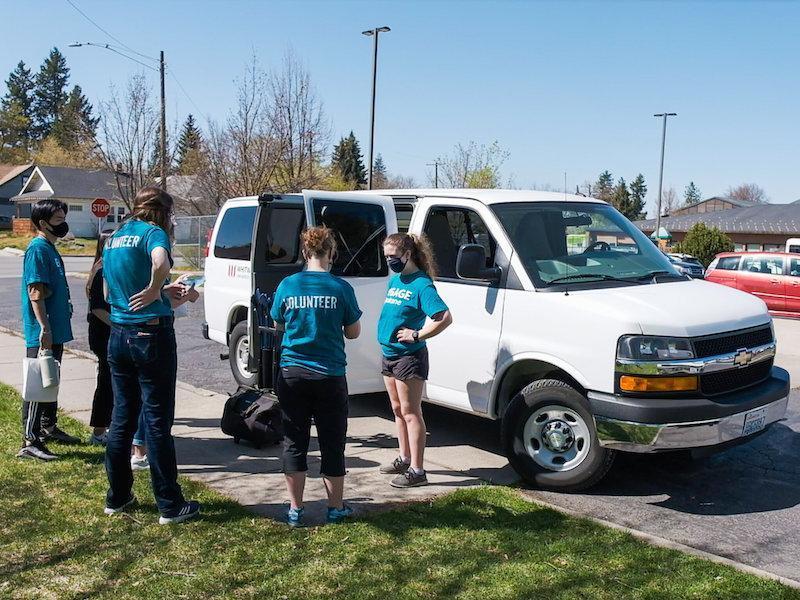
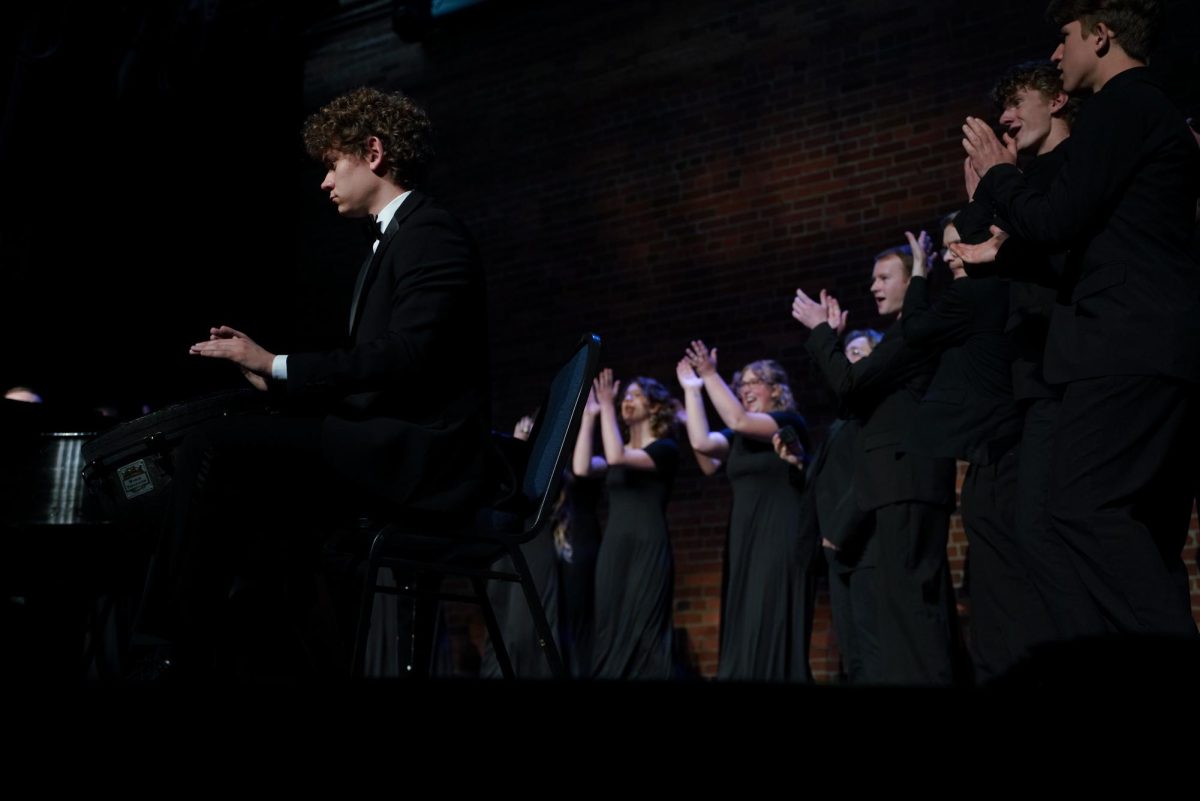
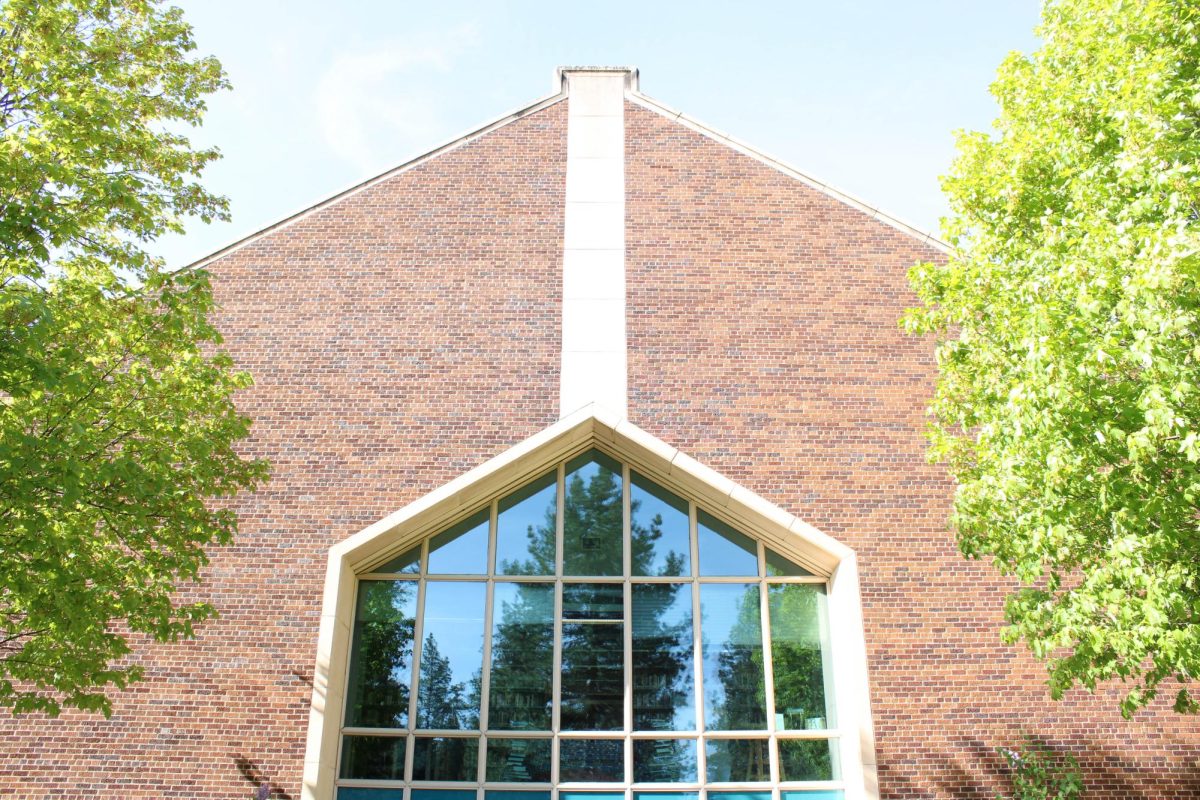
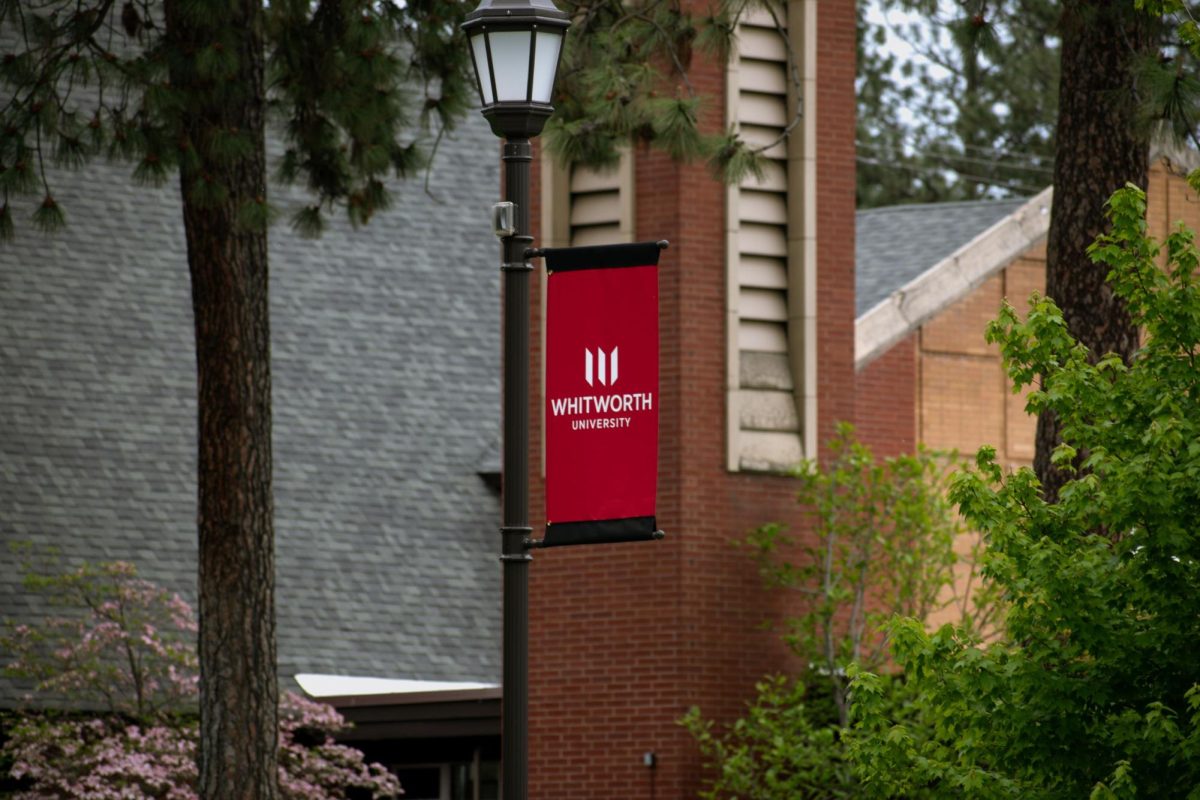
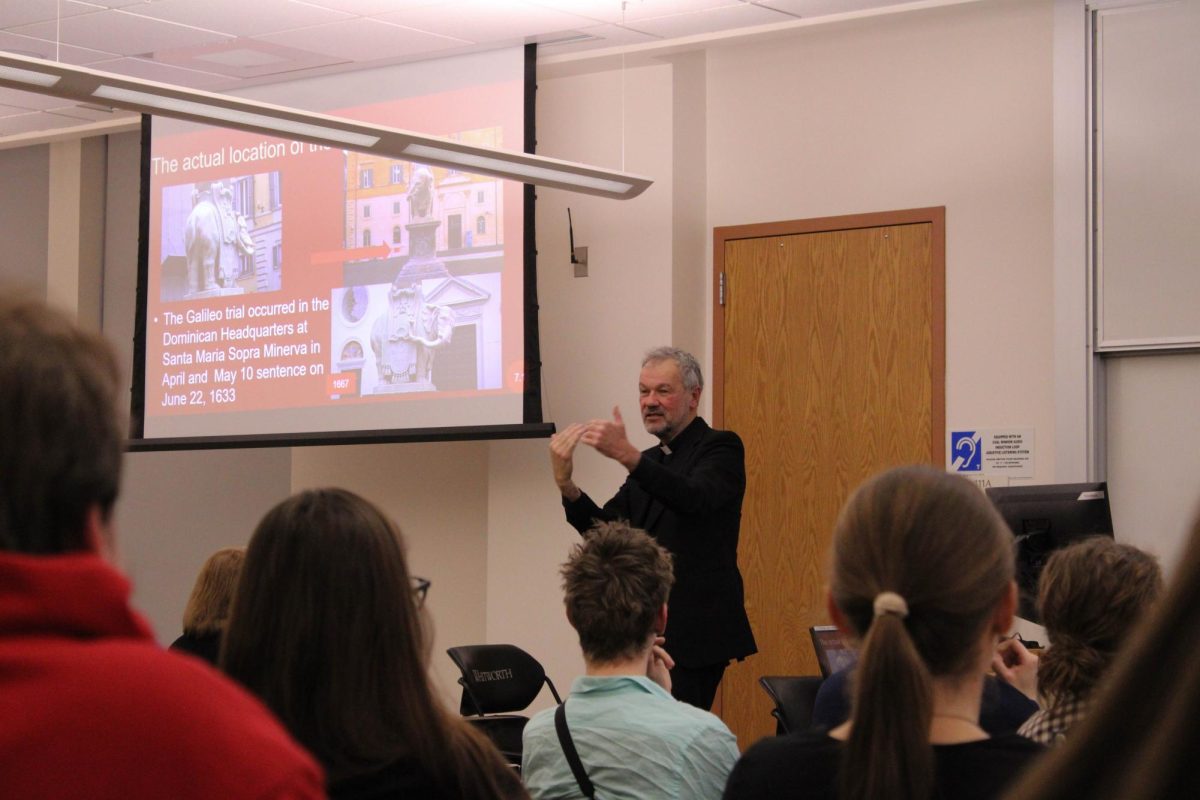
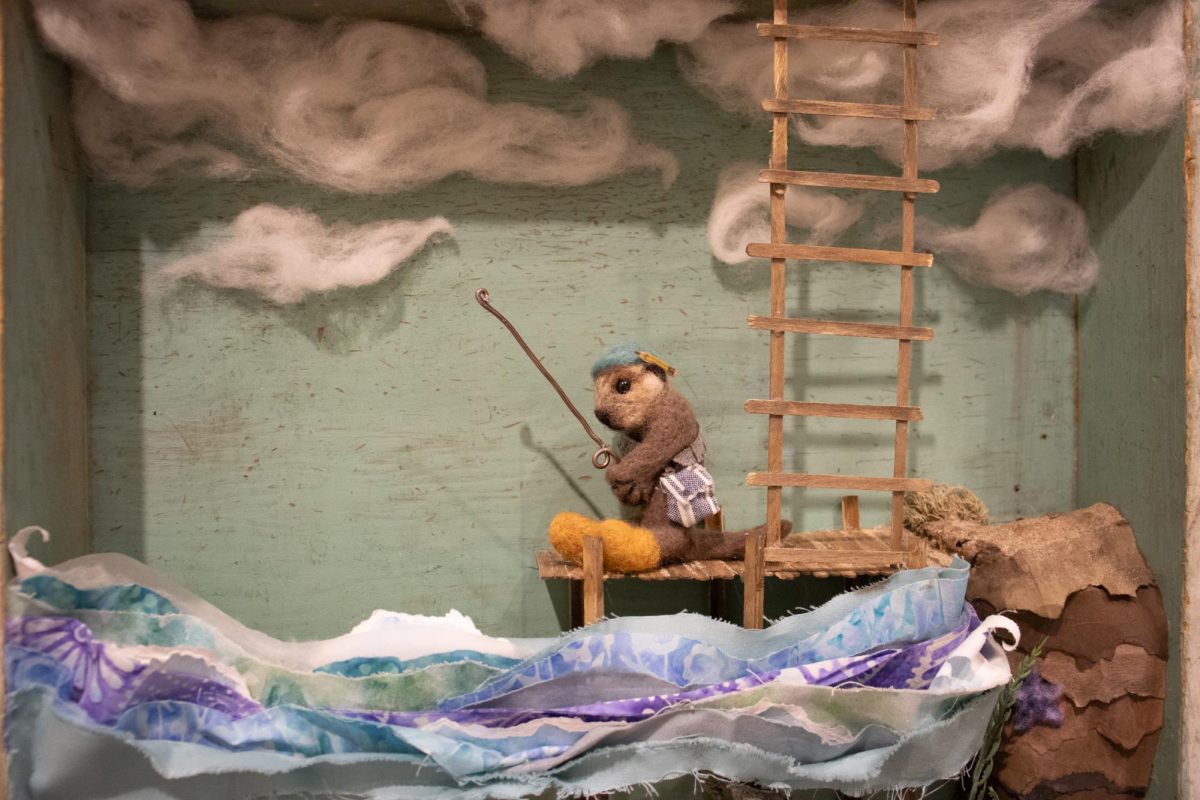

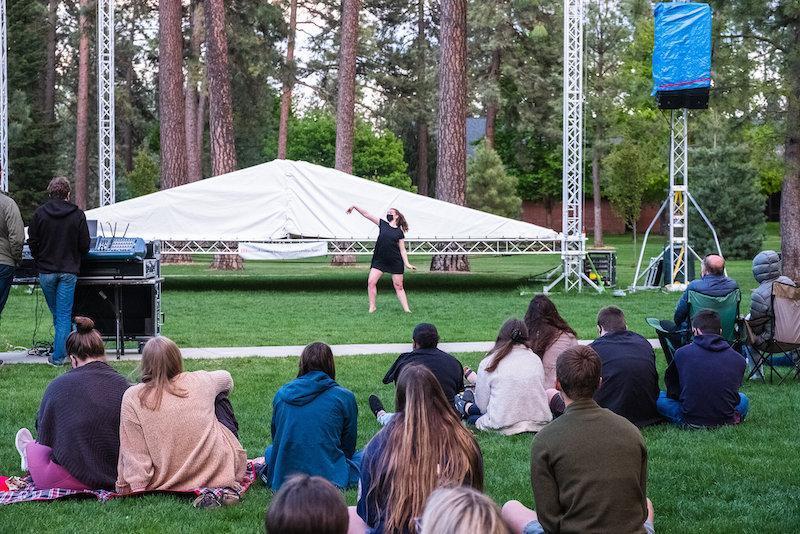
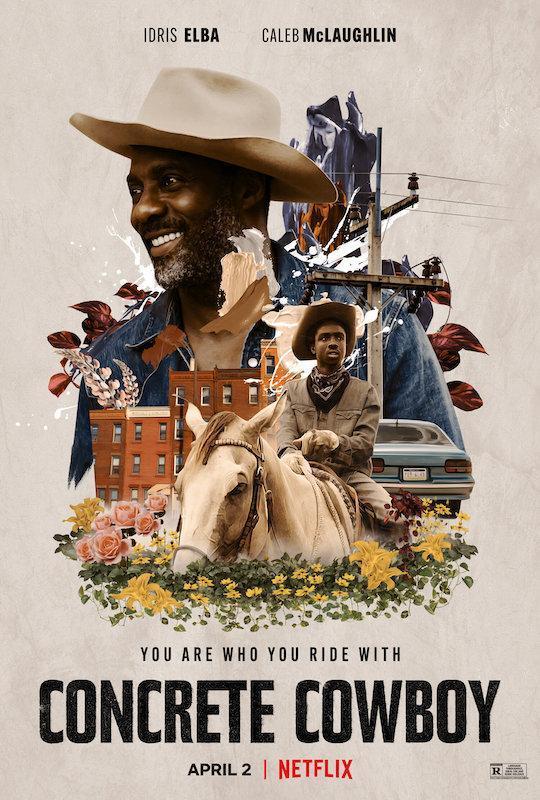

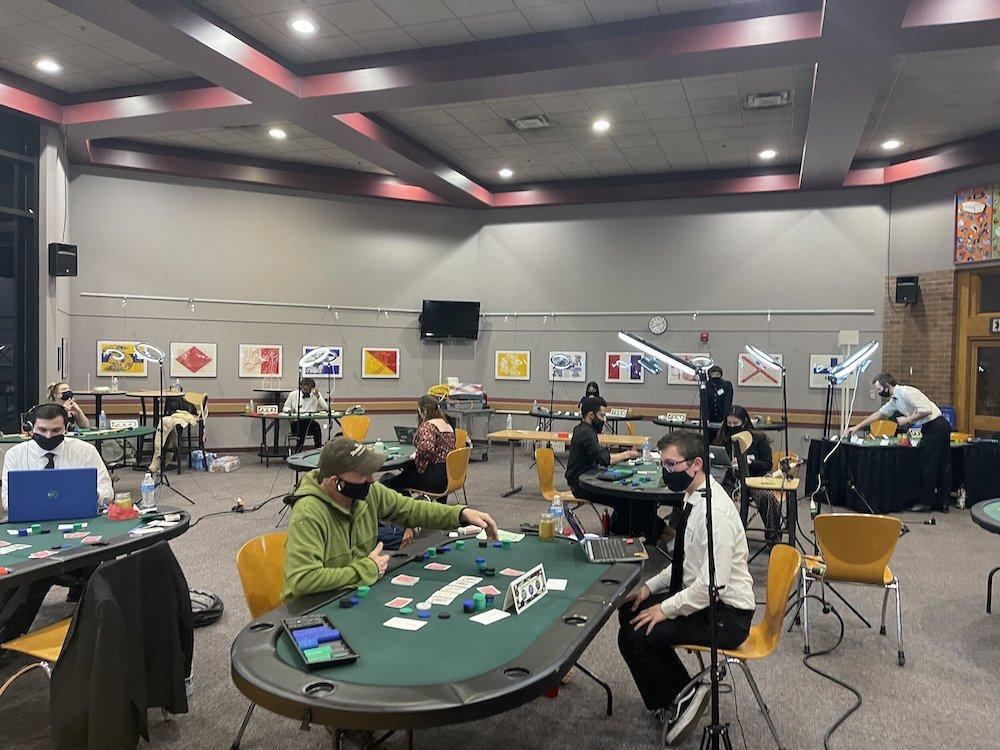
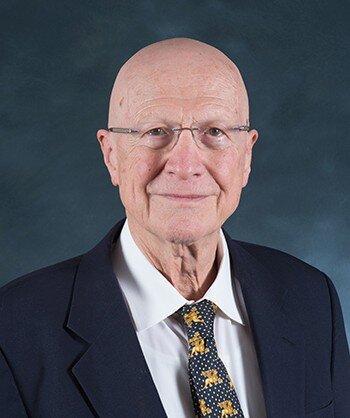

 Spokane?
Spokane?